Natural Ingredients for Upholstery Care: Fresh, Safe, and Surprisingly Powerful
Chosen theme: Natural Ingredients for Upholstery Care. Welcome to a gentle, effective approach to keeping sofas and chairs spotless using pantry staples, plant-based soaps, and time-tested wisdom. Subscribe and join the conversation as we swap recipes, routines, and success stories.

Why Natural Works on Upholstery
White vinegar’s acetic acid helps dissolve mineral-bound grime and light soap scum, while baking soda’s mild alkalinity loosens acidic spills. Balance matters: start mild, escalate carefully, and always finish with a light, residue-free blot.
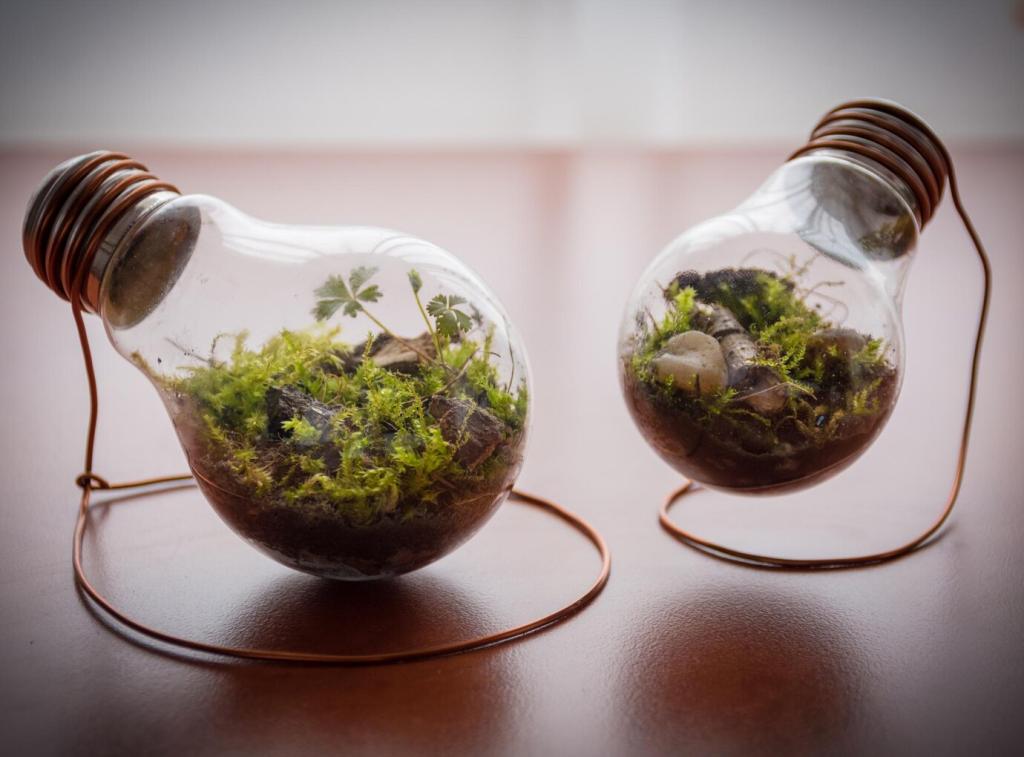
Pantry Stain-Response Playbook
Blot, never rub. Flood the area with club soda to loosen pigments, then cover generously with salt to wick color upward. After drying, vacuum thoroughly. One reader swears this saved their linen loveseat during a lively book club.
Baking soda overnight refresh
Sprinkle a fine, even layer of baking soda over cushions and creases, then let it sit overnight to absorb lingering smells. Vacuum slowly with an upholstery tool. It’s simple chemistry that quietly restores a just-washed freshness.
Sunlight and airflow, used wisely
Open windows and create cross-breezes to move stale air out. Brief, indirect morning sun can help sanitize and brighten odors, but avoid prolonged exposure to prevent fading. A seasonal airing ritual keeps fabrics lively and welcoming.
Subtle scent with hydrosols and citrus peels
Mist lightly with rose or lavender hydrosol for a soft botanical note, or simmer citrus peels and allow the cooled water to infuse a gentle scent. Use sparingly to avoid buildup, and invite feedback from scent-sensitive guests.





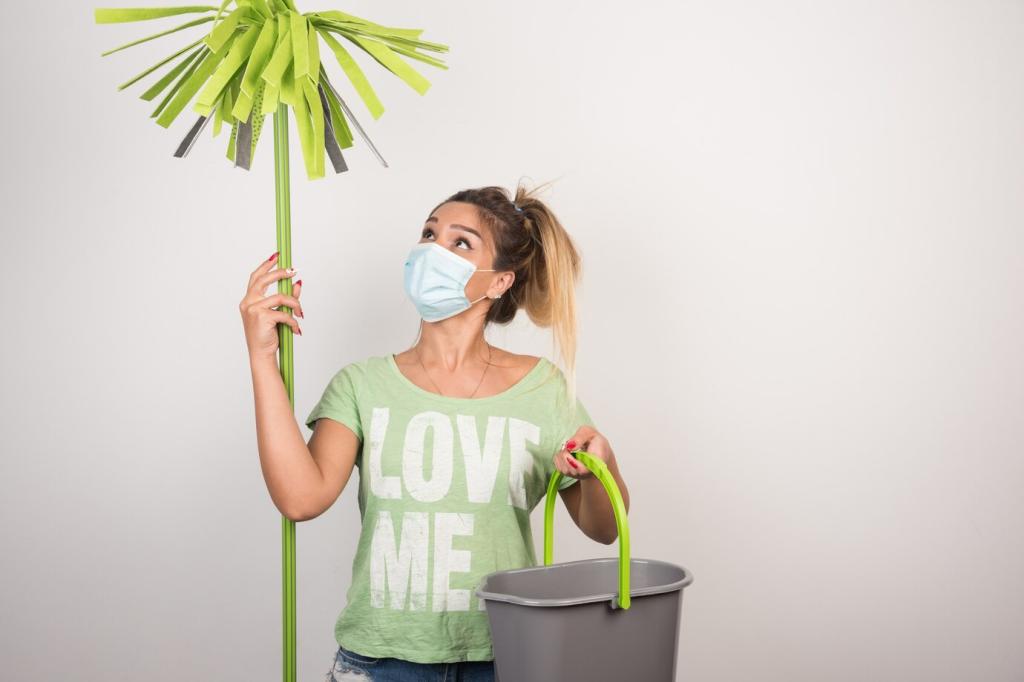

Use door mats, lap throws, and weekly vacuum passes with an upholstery attachment. Removing gritty dust early prevents fiber abrasion and dullness, meaning lighter cleans later with your favorite vinegar, soda, and castile classics.
Preventative Care with Natural Helpers
Brew strong green tea, cool completely, and dilute with equal parts water plus a splash of white vinegar. Lightly mist from a distance. The polyphenols help cut stale notes while vinegar curbs musty residues between deeper sessions.
Preventative Care with Natural Helpers
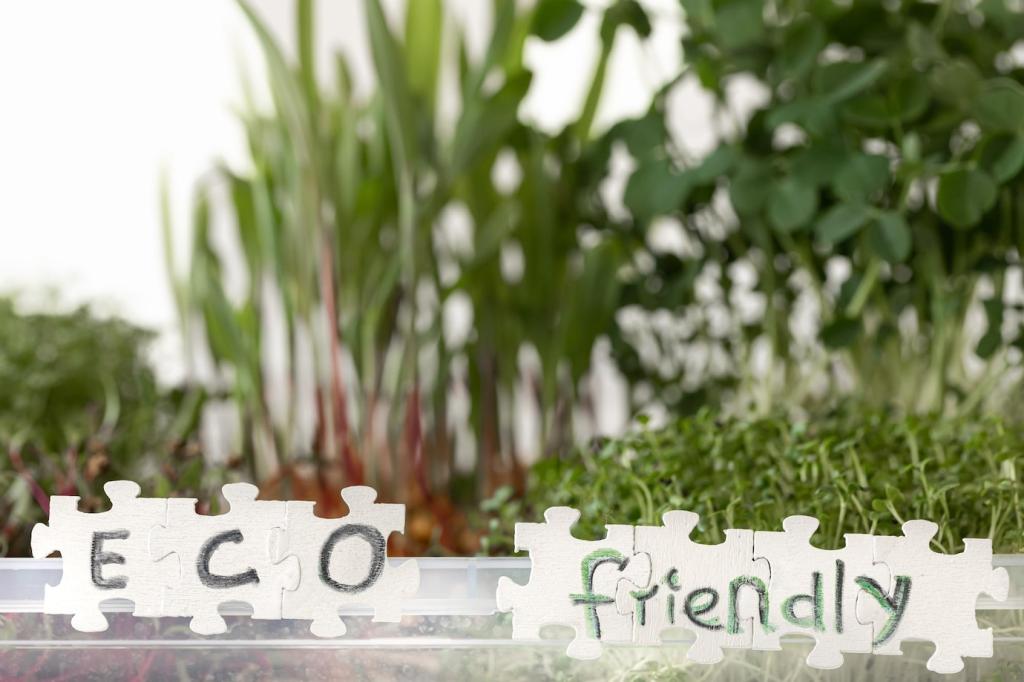
Essential bottles and tools
Gather glass spray bottles, a measuring spoon set, soft brushes with natural bristles, white cloths, a handheld vacuum, baking soda, white vinegar, cornstarch, castile soap, and hydrosol. Keep everything in a basket near the living room.
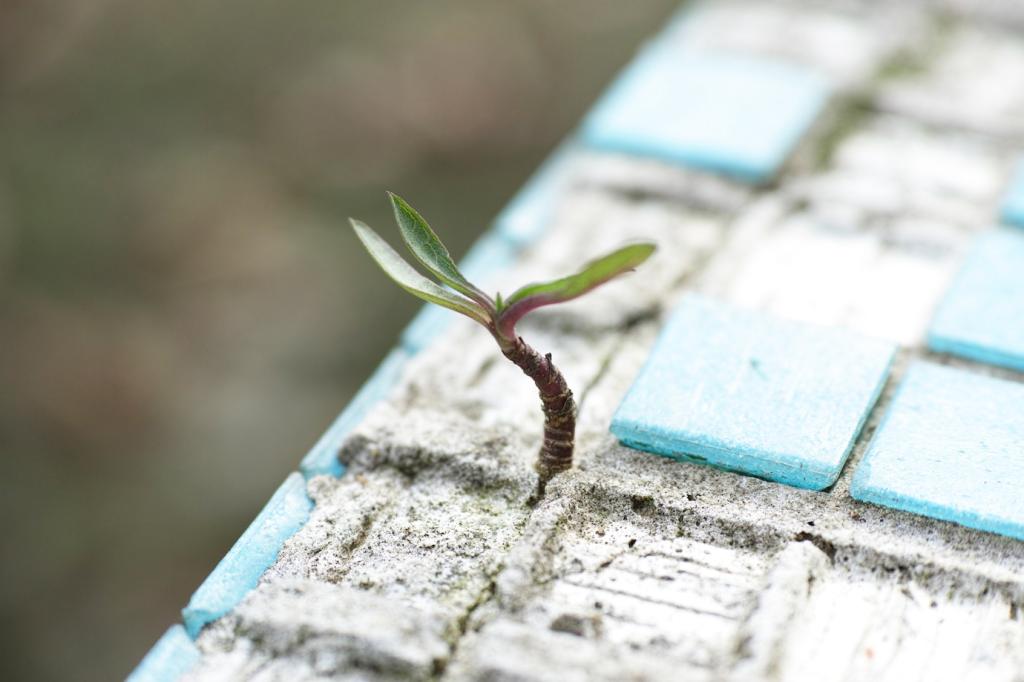
Labeling and mixing safety
Label each bottle with ingredients, dilution, and date. Mix small batches to keep solutions fresh. Never combine vinegar with conventional bleach. Patch-test every fabric and log results on your labels for quick future reference.
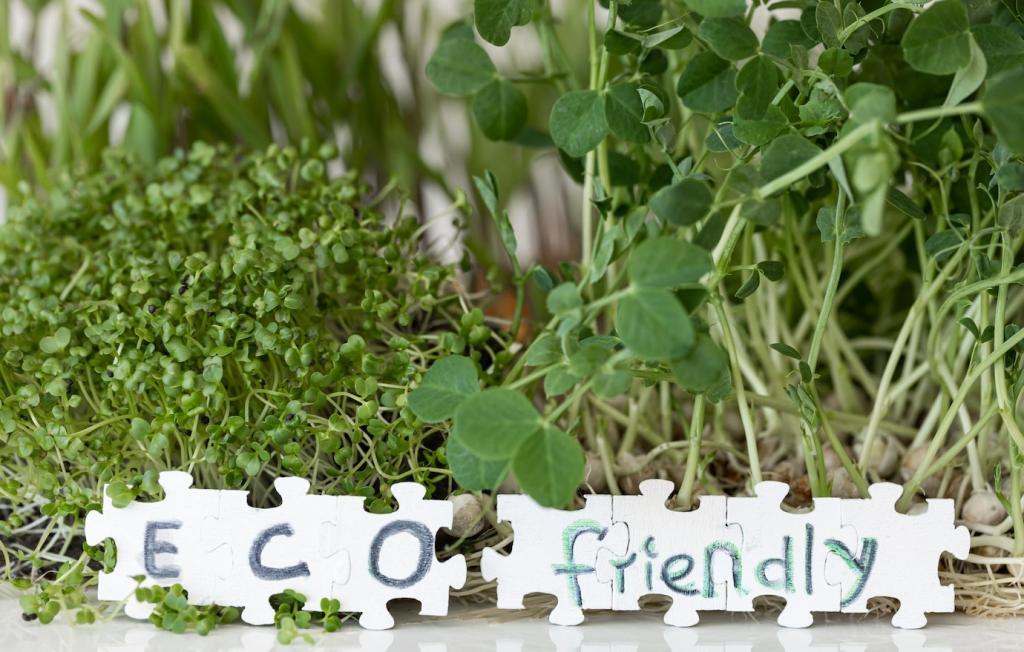
Share your kit, learn from ours
Tell us the single tool you use most and why. Do you prefer rose or lavender hydrosol? What ratio works for your sofa? Subscribe for our quarterly update highlighting community-tested tweaks and new, gentle formulas.
